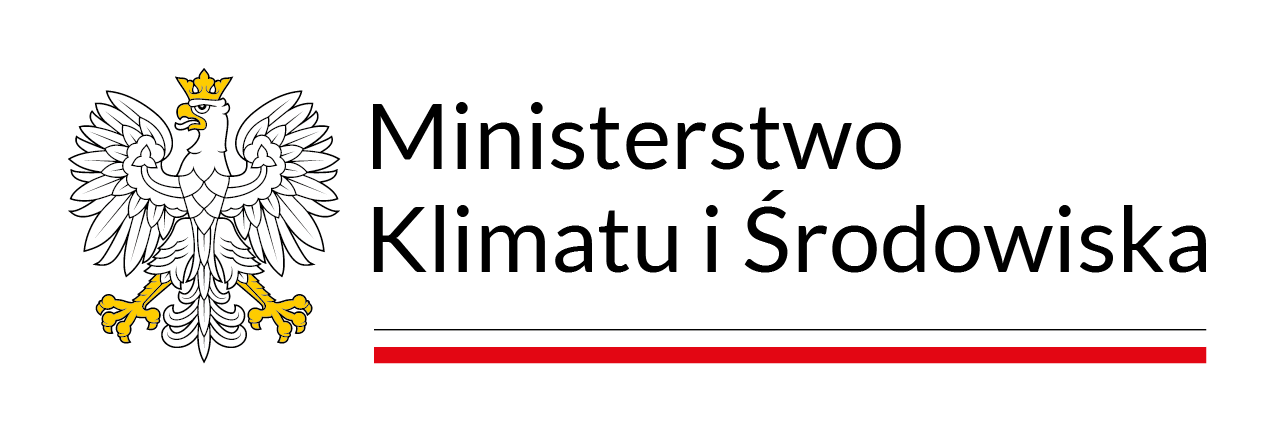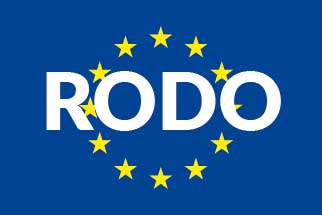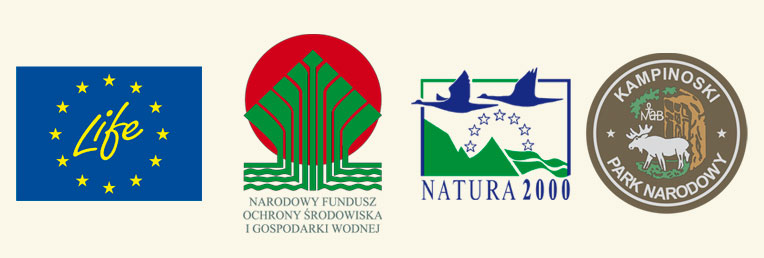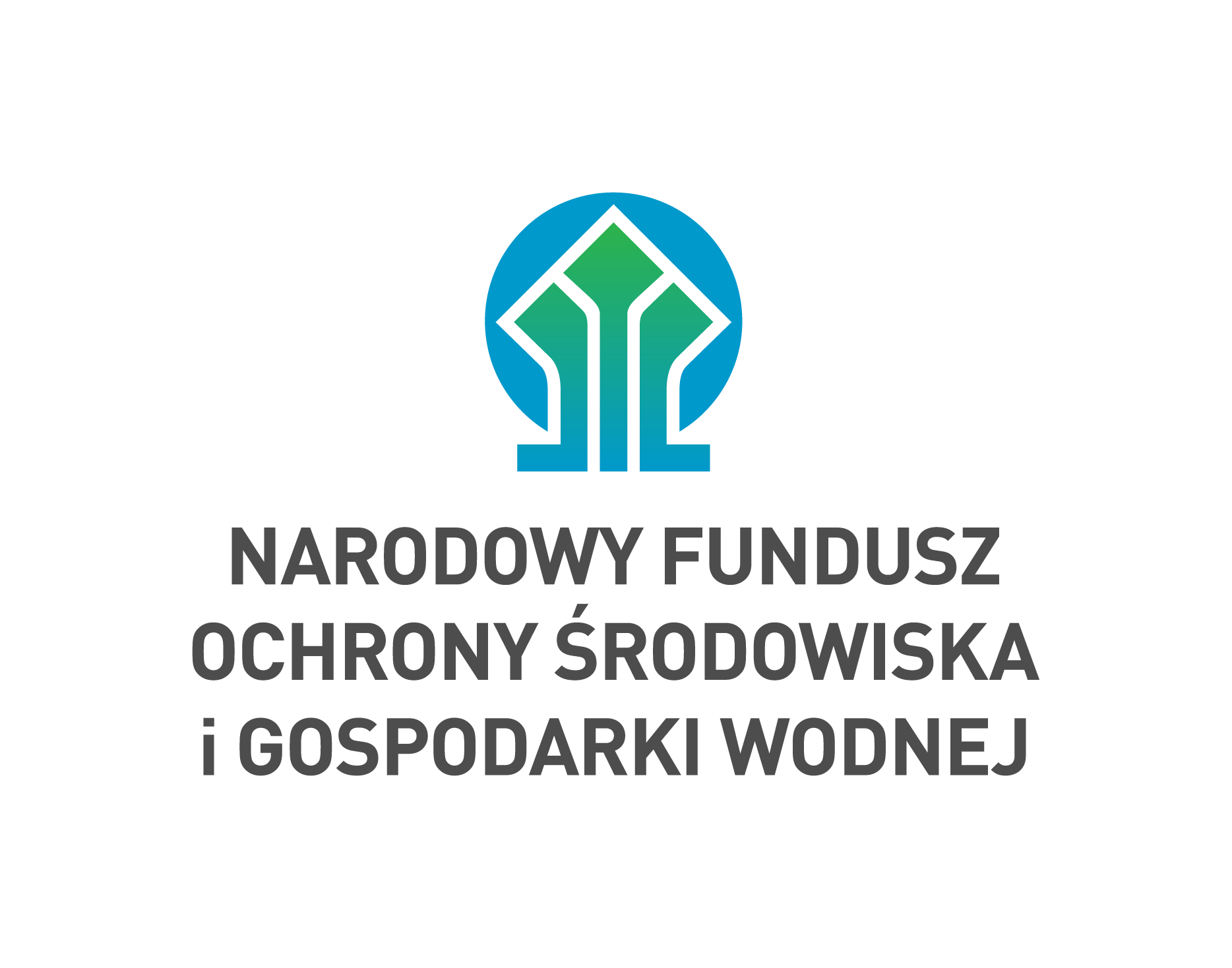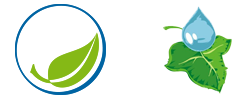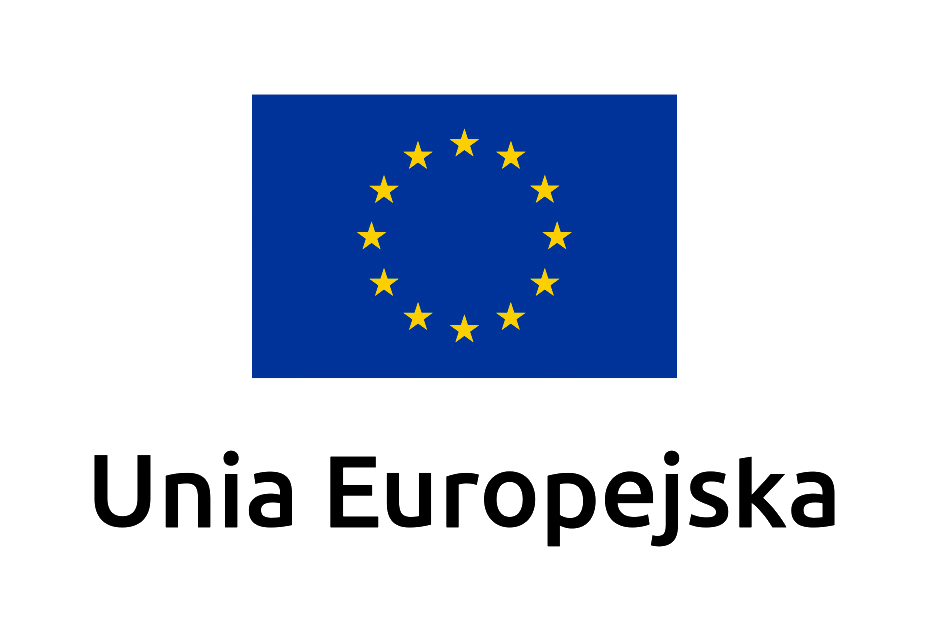Szanowni Państwo
NOWA oficjalna strona internetowa Kampinoskiego Parku Narodowego została uruchomiona pod adresem:
https://kampn.gov.pl
Obecna strona będzie funkcjonować pod starym adresem, lecz nie będą pojawiać się na niej nowe informacje,
a obecnie na niej zawarte nie będą już aktualizowane.
Nową stronę wydano w ramach Projektu POIS.02.04.00-00-0001/15 „Promocja Parków Narodowych jako marki”
współfinansowanego ze środków Unii Europejskiej w ramach Programu Operacyjnego Infrastruktura i Środowisko 2014-2020

The "ActiveKPN" project started on September 1st, 2011, and is to be completed by March 31st, 2015. Recently half of the time provided for its implementation has passed. We would like to take this opportunity to present what has been done so far.
The main objective of the project is to purchase private land located within Kampinos National Park. Till the 31st of August 2013, as part of the project we purchased 156.67 hectares of land, including 17 built up households, from the planned 200 hectares of land and 18 built up households. Because they are in the vast majority of land transformed by human activities they now require renaturalization actions. Currently, natural expertise on the purchased plots is carried out. It will not only answer the question how valuable this land is environmentally, but also what to do on it. In "ActiveKPN" the following renaturalization activities are planned: mowing (100 ha), cutting bushes (30 ha), afforestation (20 ha) and planting in support of natural succession (80 ha). The land that was bought the earliest and for which nature expertise have already been made, first such treatments will be conducted this autumn.
On all the purchased land the occurrence of alien species has been controlled. Unfortunately, on land which until now was in private hands several alien species can be found. They are often invasive, such as late and Giant and Canadian goldenrod, Ash Maple, Black Locust, Northern Red Oak, and other. On one of the plots of land located in the village of Gorki an attempt to eradicate one of the most troublesome strangers – the Japanese Knotweed (Reynoutria japonica) was made. Starting in the spring of this year, the growing knotweed was mechanically removed several times, but each time it regrew from underground rhizomes. Today, however, it is becoming increasingly less numerous which gives hope that further efforts will lead to its complete elimination.
Among the other activities planned in the project the most important is the purchasing and launching of the meta-model with the geodatabase, the buying of up-to-date aerial photos of KPN and the organization of a press conference on the purchasing of private land in Kampinos National Park and the LIFE+ program (it took place on May 29th 2012). Additionally a collaboration with a few other LIFE+ projects, including the “Wisła Warszawska” (Warsaw Vistula) project, and the meadows and grasslands conservation project in the Eagles’ Nests Landscape Park was started.

